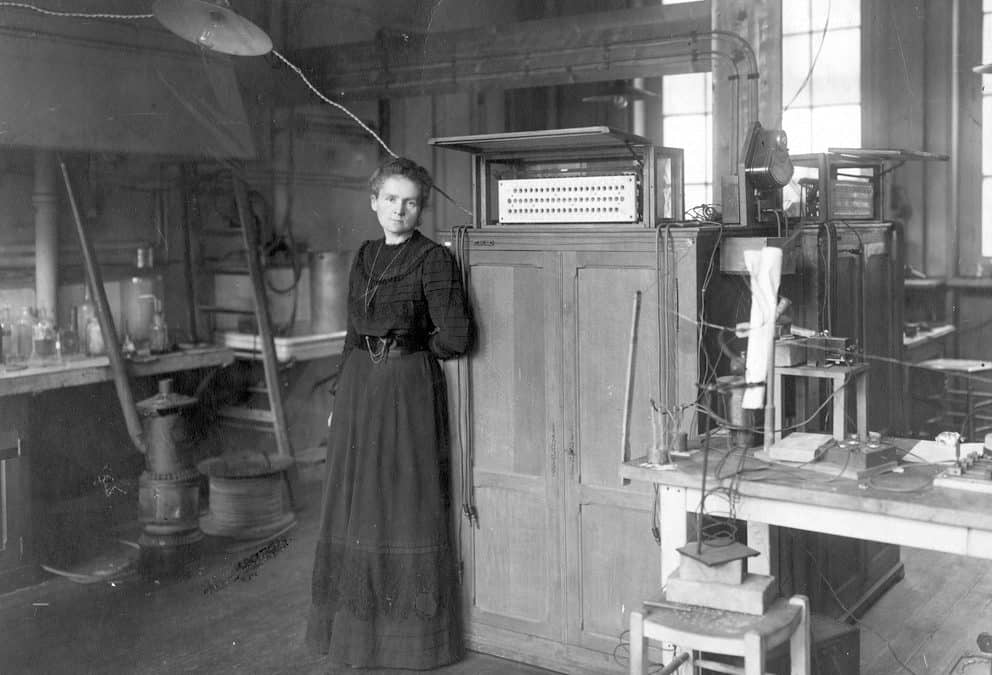Marie Curie: The Trailblazing Scientist Who Changed the Course of Modern Science
Marie Curie – Pioneering Scientist, Nobel Laureate & Icon of Women in Science
Discover the life, groundbreaking discoveries, and legacy of Marie Curie — the first woman to win a Nobel Prize and a global symbol of scientific brilliance.
Introduction
Marie Skłodowska Curie (1867-1934) was a Polish-born physicist and chemist, best known for her revolutionary research on radioactivity – a term she herself coined. She was the first woman to win a Nobel Prize, the first person to win two Nobel Prizes in different scientific fields, and the only person in history awarded Nobel Prizes in both physics and chemistry.
Her work led to major advancements in modern medicine, nuclear science, and cancer treatment. Despite facing discrimination as a woman in science, Curie broke through systemic barriers and transformed the scientific world.
⸻
Early Life and Education
Born in Warsaw, Poland, Marie Curie grew up in a family of educators who valued learning despite political pressures under Russian rule. She excelled academically from an early age but faced limited opportunities as a woman.
In pursuit of higher education, Curie moved to Paris, where she studied at the Sorbonne. Despite poverty, harsh conditions, and discrimination, she rapidly distinguished herself as one of the most brilliant scientific minds of her generation.
⸻
Groundbreaking Discoveries
Coining the Term “Radioactivity”
Curie’s research on the mysterious rays emitted by uranium led her to introduce the term radioactivity, establishing a completely new scientific field.
Discovery of Polonium and Radium
Together with her husband Pierre Curie, she discovered two new elements:
• Polonium (named after Poland)
• Radium, a highly radioactive element with enormous medical potential
These discoveries transformed nuclear physics and oncology.
Nobel Prizes and Scientific Recognition
• 1903: Nobel Prize in Physics (shared with Pierre Curie and Henri Becquerel)
• 1911: Nobel Prize in Chemistry
Marie Curie became the first person ever to earn two Nobel Prizes in different disciplines.
⸻
Impact on Medicine and Science
Curie’s work created a foundation for multiple scientific fields:
• Oncology: Her discoveries enabled modern radiation therapy.
• Physics: Established radioactivity as a key part of nuclear science.
• Medical Technology: Curie developed mobile X-ray units for battlefield use in World War I, saving countless lives.
⸻
Personal Strength and Legacy
Despite enormous obstacles – discrimination, financial hardship, personal tragedy, and chronic radiation exposure – Marie Curie remained dedicated to science.
Her legacy includes:
• The Curie Institutes in Paris and Warsaw
• A place among the most influential scientists in history
• Inspiration for generations of women in STEM
• A lasting symbol of courage, brilliance, and discipline
⸻
Top Achievements of Marie Curie
1. Coined the term radioactivity
2. Discovered radium and polonium
3. First woman to win a Nobel Prize
4. First and only person awarded Nobel Prizes in two sciences
5. Developed portable X-ray machines for WWI
6. Founded scientific institutes still active today
⸻
Conclusion
Marie Curie remains one of the greatest scientists in human history. Her discoveries revolutionized modern science, saved millions of lives, and shaped global understanding of physics, chemistry, and medicine.
As a woman who shattered every barrier in front of her, she stands as a timeless example of courage, brilliance, and the transformative power of dedication.
Her legacy continues to inspire scientists, innovators, and learners around the world.
• Wikipedia – Marie Curie
• Nobel Prize – Marie Curie
• Curie Institute

Icon!